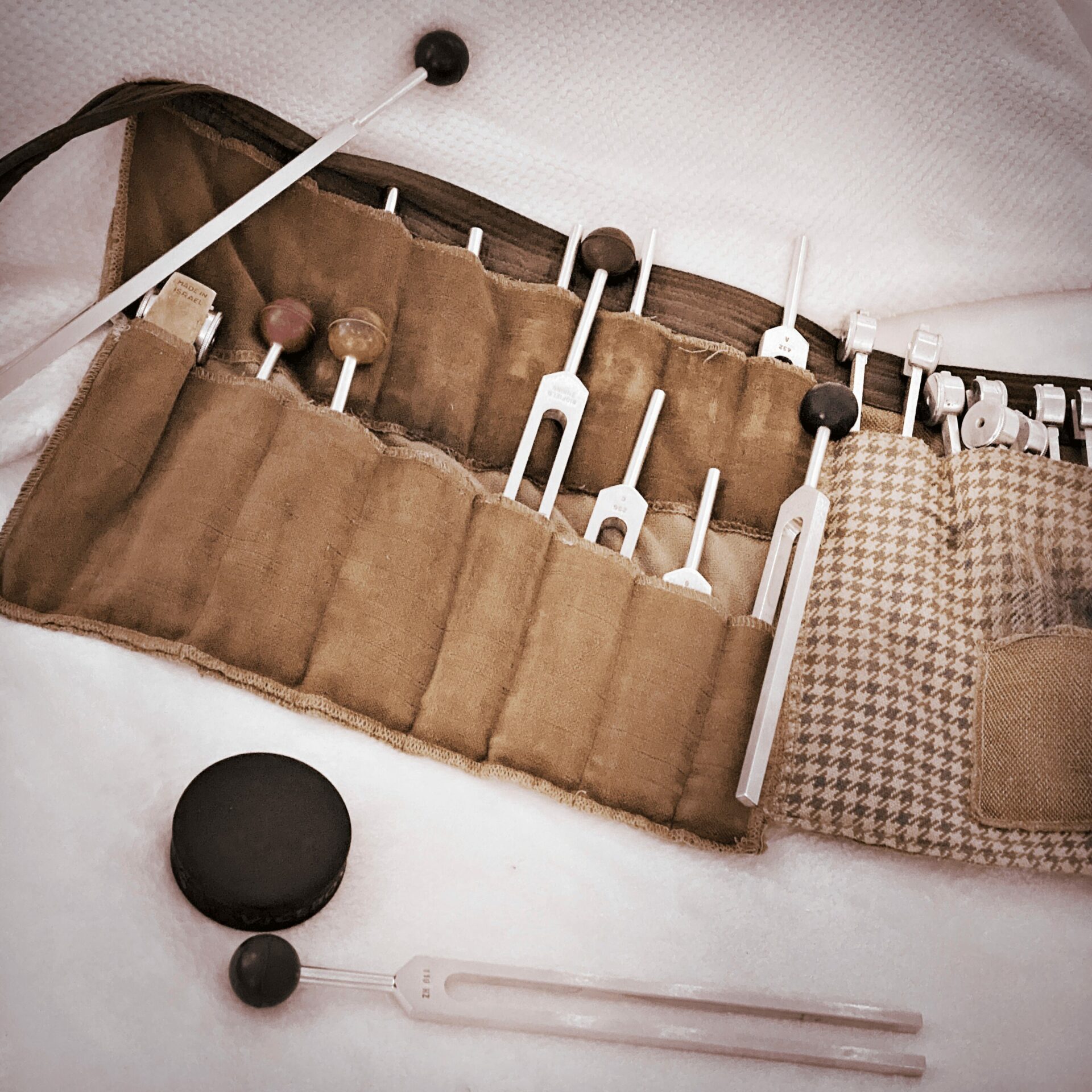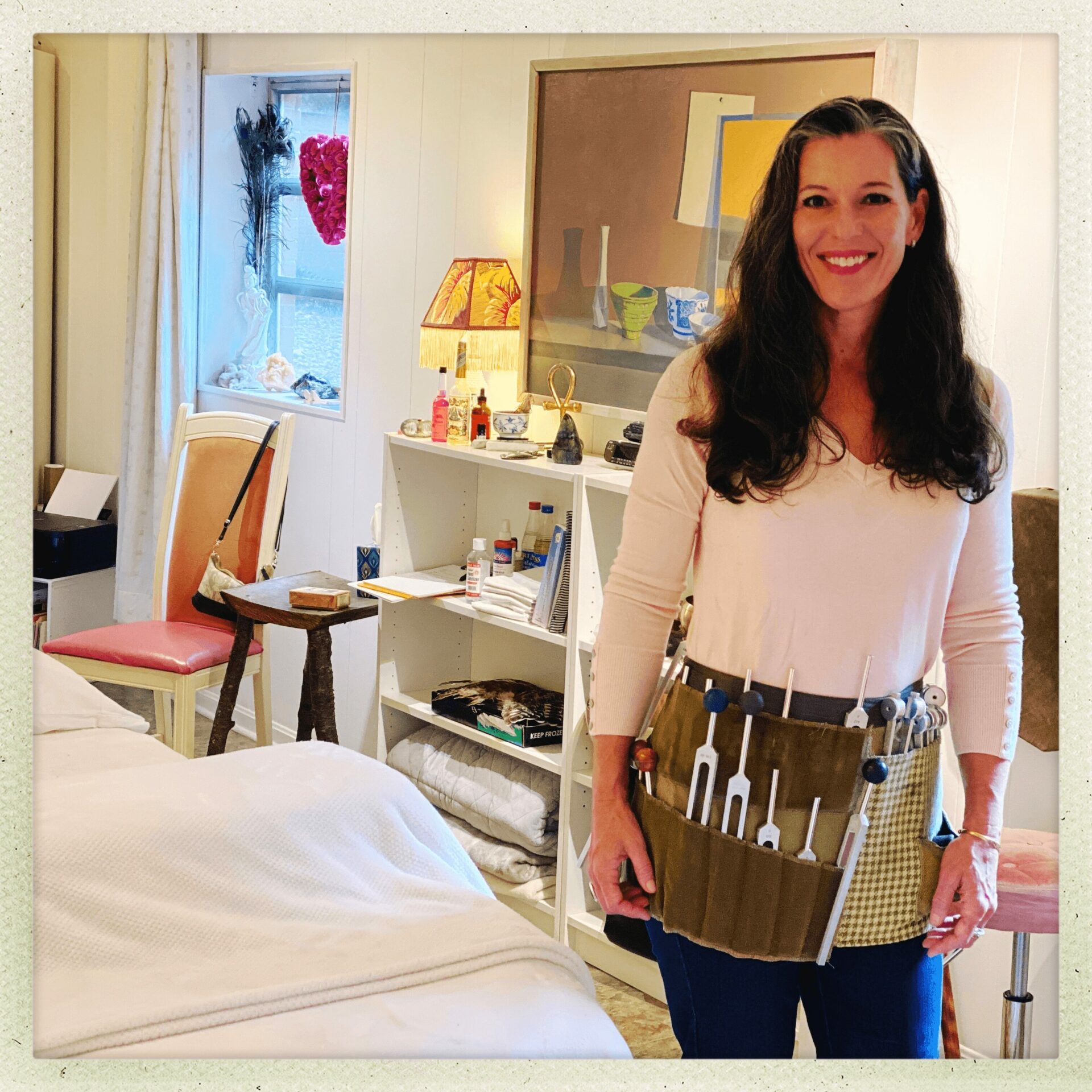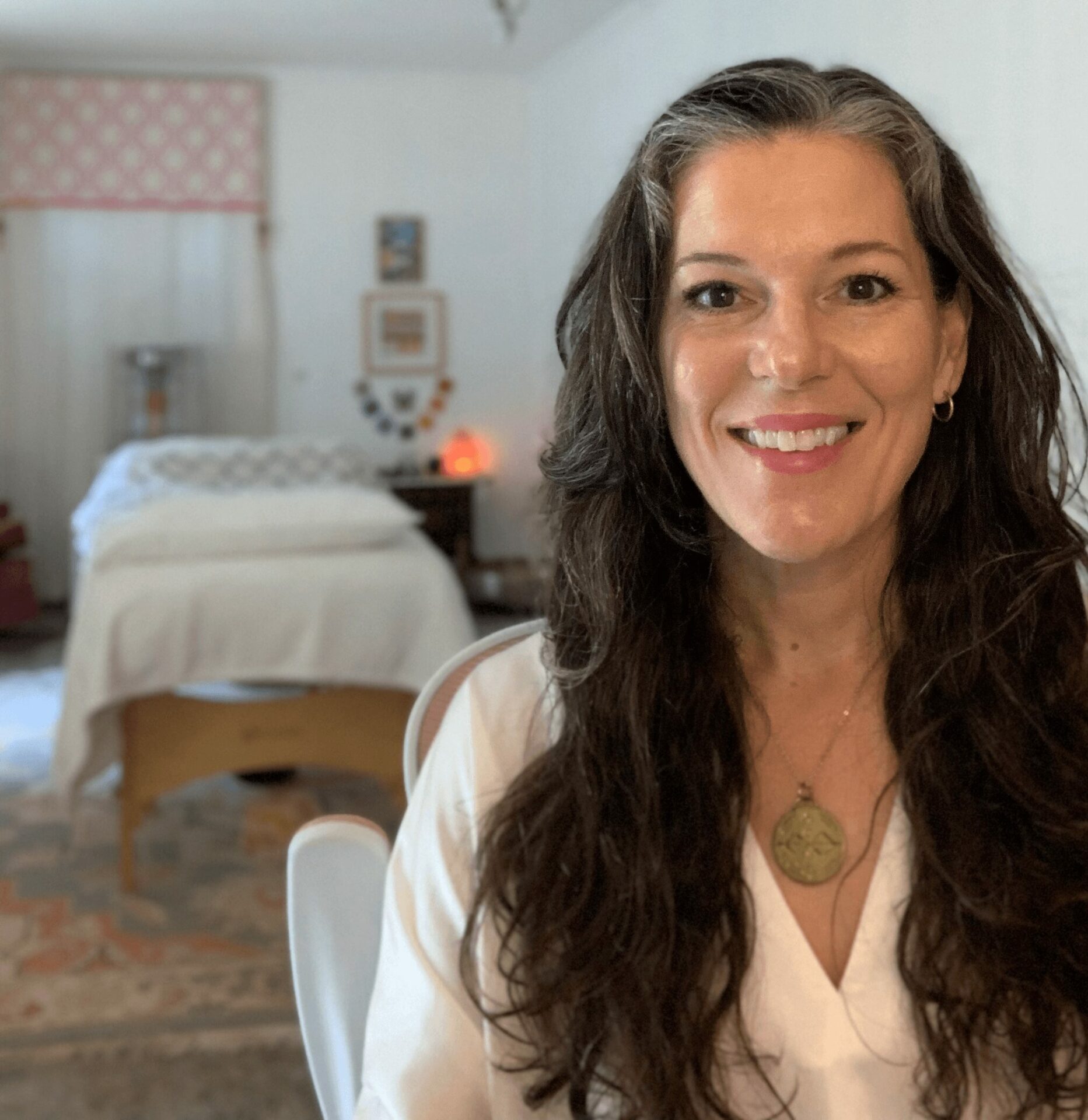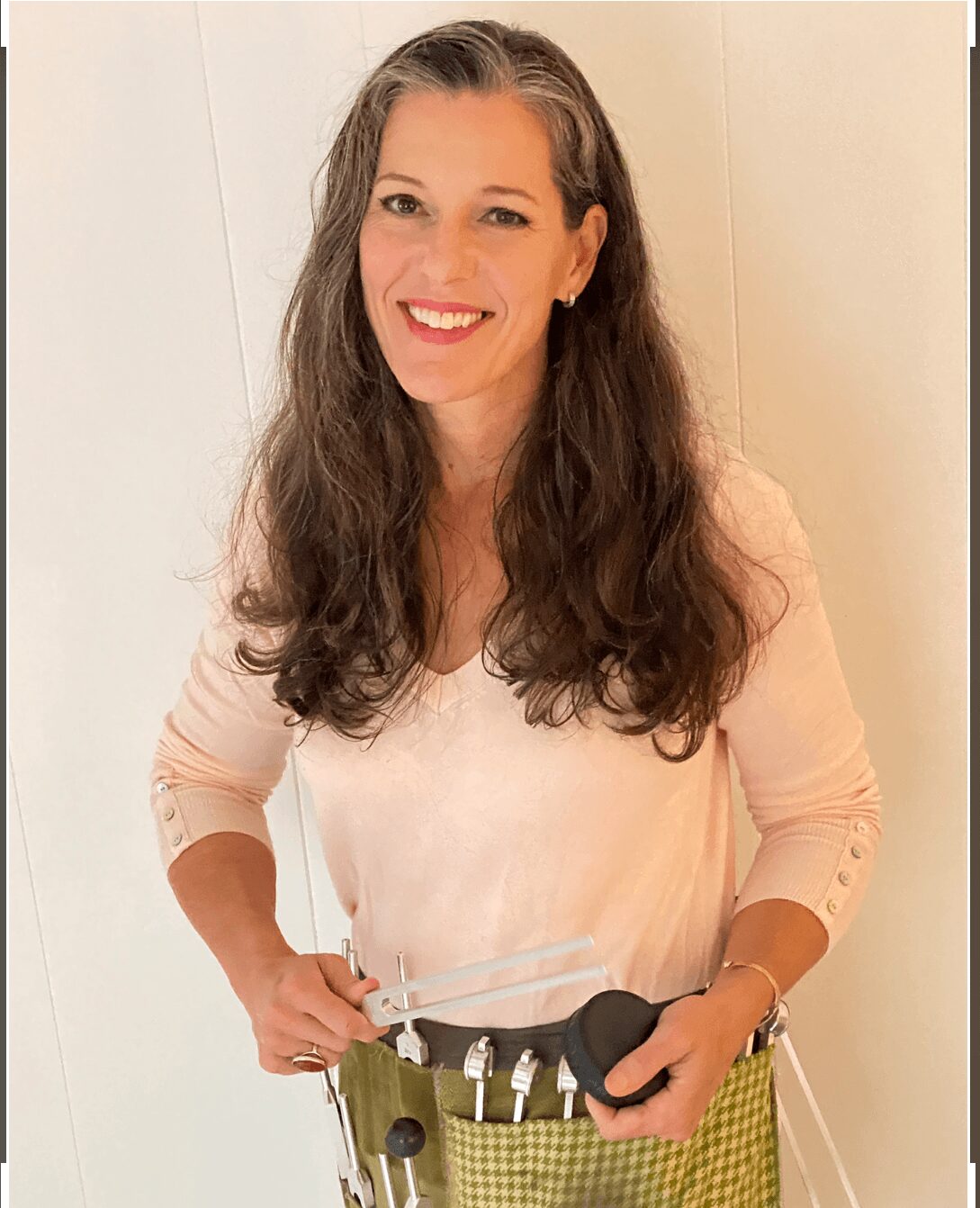We recently connected with Rebecca Carner and have shared our conversation below.
Hi Rebecca, really happy you were able to join us today and we’re looking forward to sharing your story and insights with our readers. Let’s start with the heart of it all – purpose. How did you find your purpose?
I am not sure I’ve “found my purpose” even today. I hope to grow and expand and evolve perpetually. But the sense of meaning and purpose that I am currently waking up to every day has developed largely through meeting the daily challenge of ‘what needs to get done’ in the most creative way I can imagine. And by ‘creative’ I mean, by listening to the quiet inner call to what inspires me as an individual and applying that call to the practical and utilitarian side of life. Yes, I had to pay the bills and raise my kids, but how do I do that in a way that appeals to me? By following that question, my current purpose emerged.

Great, so let’s take a few minutes and cover your story. What should folks know about you and what you do?
As a Biofield Tuner, I use frequencies and sound, mainly through tuning forks, to tune people. Literally. I use a wide array of frequency generators (tuning forks, bowls, musical intruments, vocals, etc.) and apply them to the body and the electromagnetic field around the body. (Tuning groups of people, businesses and locations is also possible and effective.) By introducing a coherent signal, we can work directly with the distortions in ‘the field’ to promote health and wellness. While the effects are concrete and measurable, it’s a little tricky to describe because the results can show up across all aspects of life; mind, body, emotions, situations, relationships… everything, really. Clients have given the following feedback, just to name a few: tumors shrinking, anxiety reducing, mood improving, insomnia improving, relationship struggles resolving, self-esteem improving dramatically.
The elegance and importance of this type of work is that it fills in the wide gaps left in the current medical and physiological models. It focuses on the bodymind connection and looks at the whole person, in the context of their lived history. It also honors and empowers the client as the driving agent of both their lives and their wellness journey. It is non-invasive and effective. And it’s FUN spending anywhere from an hour to two hours together as you have intentional and focused time for you and only you. In a time when fractured, momentary attention is about the most you can ever get, people being with people is medicine.
I have a library of open-sourced Tunings available on my YouTube channel, Rebecca Carner. This is a great, no-cost way to experience this method for yourself or to share it with others. I have a free PDF handout of no-cost ways you can strengthen your Biofield if you sign up for my newsletter at www.rebeccacarner.com.

There is so much advice out there about all the different skills and qualities folks need to develop in order to succeed in today’s highly competitive environment and often it can feel overwhelming. So, if we had to break it down to just the three that matter most, which three skills or qualities would you focus on?
The three qualities that have served me the most are:
1) Hunger to learn. I learn from everything and everyone. All. The. Time. Everything goes into the hopper. All data is useful data. Don’t judge things, just observe and keep moving. Then leave enough regular quiet time for the info to weave itself together as a tapestry emerges that you can engage with.
2) Willingness to be odd. I work from a home studio in my basement and I use tuning forks on people. This is just straight up weird. And it’s amazing, useful and precious work. But it’s not the status quo. To listen to the what your heart is calling you to do, you have to be willing to be you, which will necessarily be different than anyone else. That can be scary. And it’s the only way.
3) Perseverance to keep going. You have to be willing to just stick with it. People will be naysayers. Times will get hard. The way forward will not always look certain and will almost never look like guaranteed success. But if the tug inside is still there, just keep going.

Thanks so much for sharing all these insights with us today. Before we go, is there a book that’s played in important role in your development?
In the past 3 months I have finished two books that have felt like game changers. James Hollis’ Finding Meaning in the Second Half of Life and Gabor Mate’s The Myth of Normal. These two authors have, after long lives and impactful careers, have offered widely comprehensive and deeply compassionate works examining what it means to be human. These two books do the best job at considering people and their experience of both their lives and their bodies in a holistic way. Both books offer questions and practices at the end to support people interested in championing themselves through their lives. They are not self-help books. They are deep considerations of what it is to be human, why we hurt, and some possible ways out of those hurtful places.
The main take-away from both books are that people should always start with connecting with themselves and fostering a functional relationship internally. From there, you can literally go anywhere and do anything. But we need to feel better about ourselves and inside our own bodies before impactful actions can be taken in the world.
Contact Info:
- Website: https://rebeccacarner.com
- Instagram: https://www.instagram.com/rebeccasfrequency
- Facebook: https://www.facebook.com/RebeccaCarnerTuning/
- Youtube: https://www.youtube.com/channel/UCkBjjMwBY4ZB1KfOy4C-jpw

Image Credits
Robin Davis Photography
so if you or someone you know deserves recognition please let us know here.




